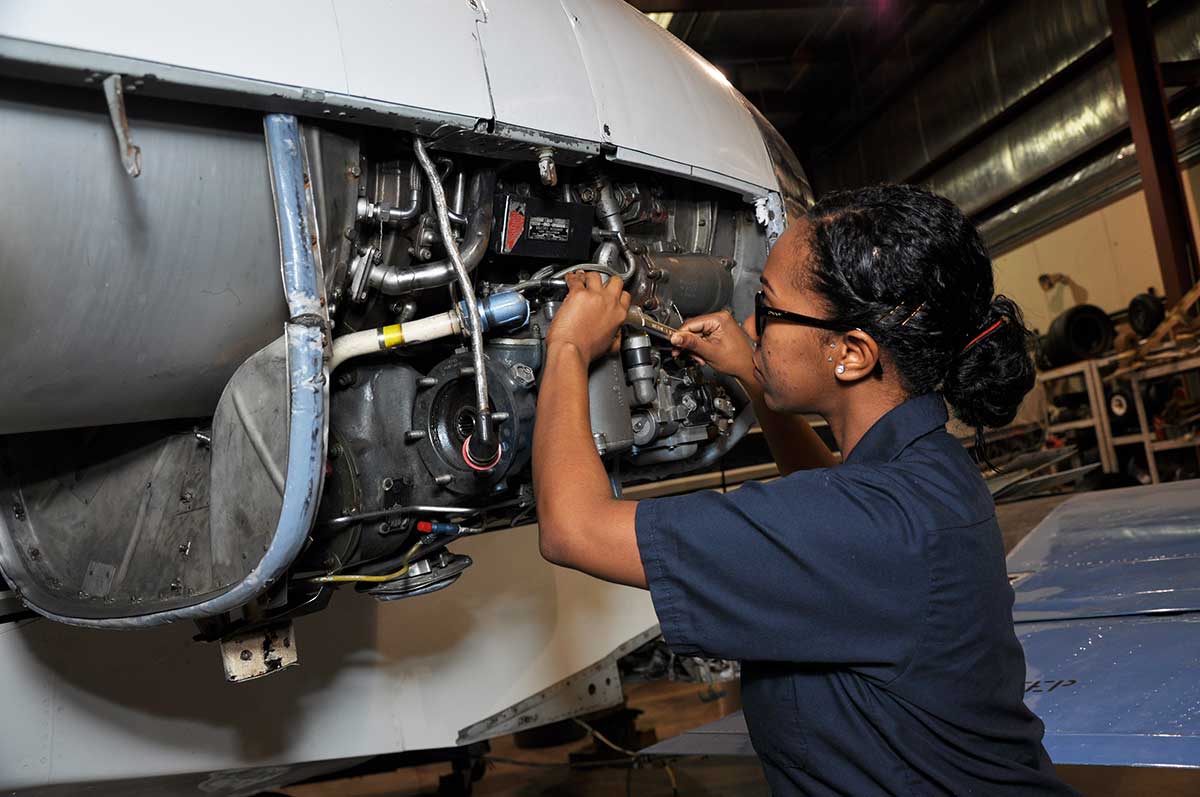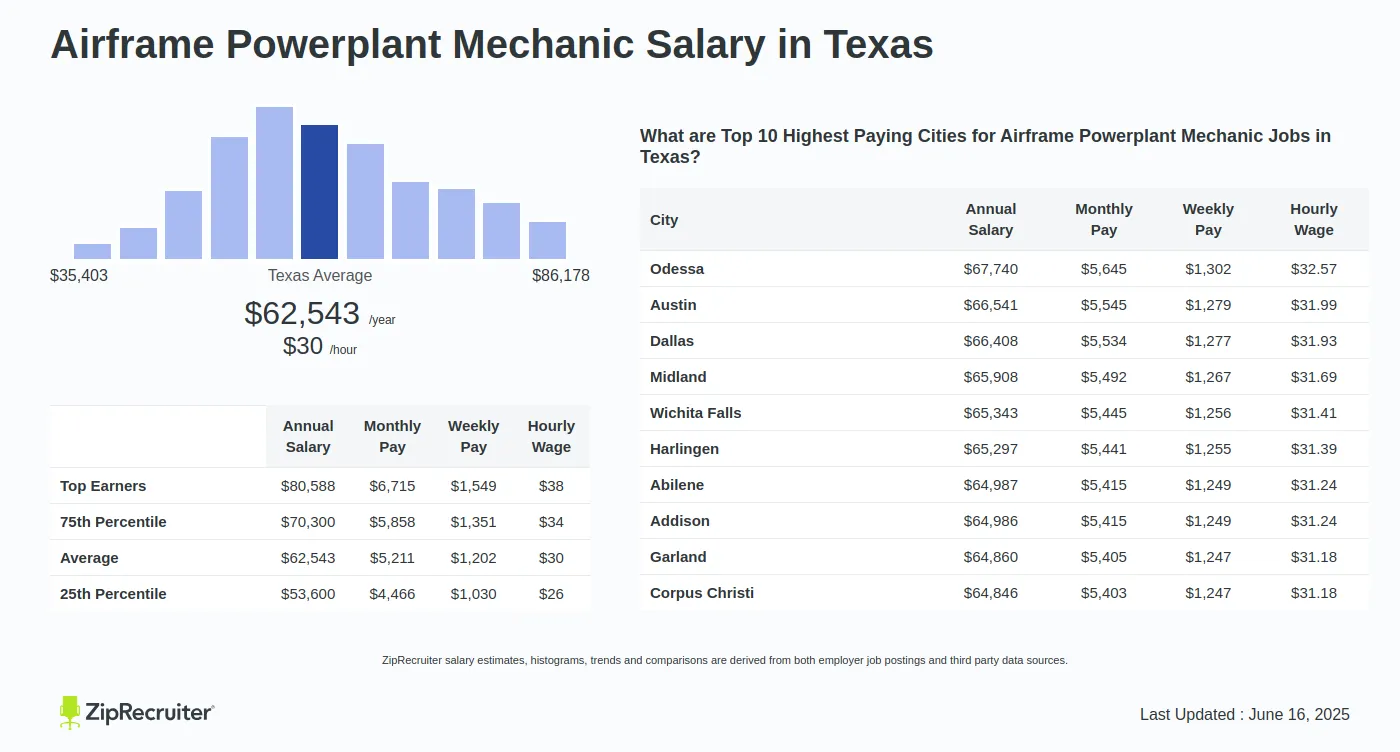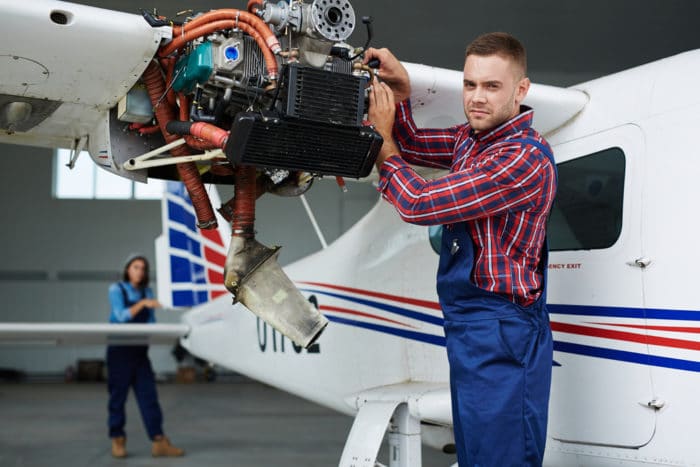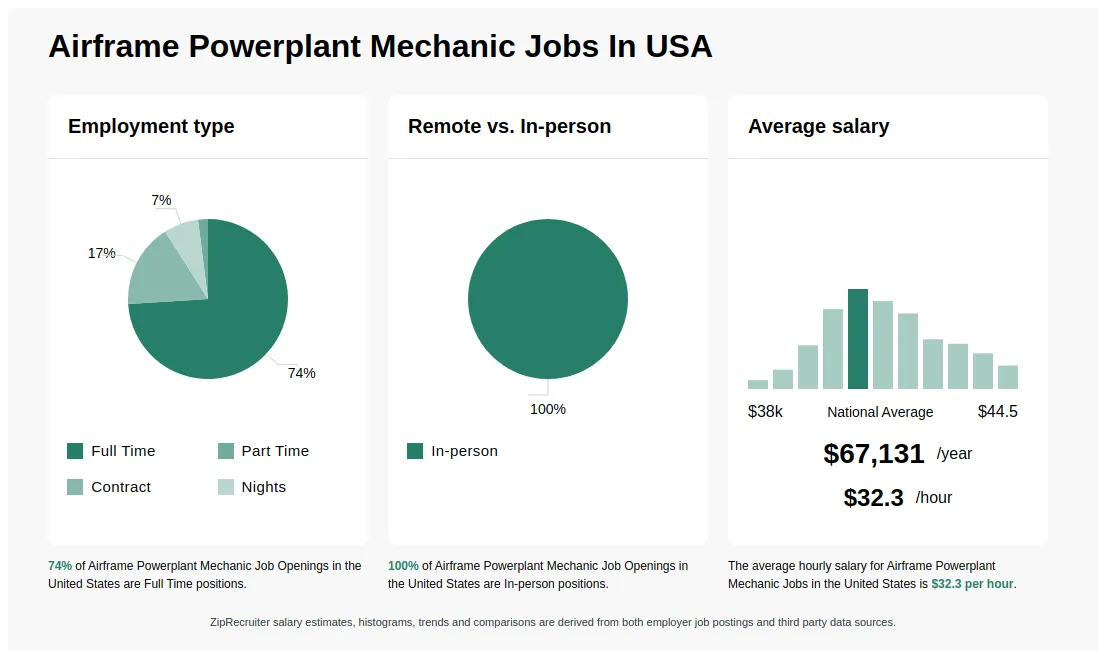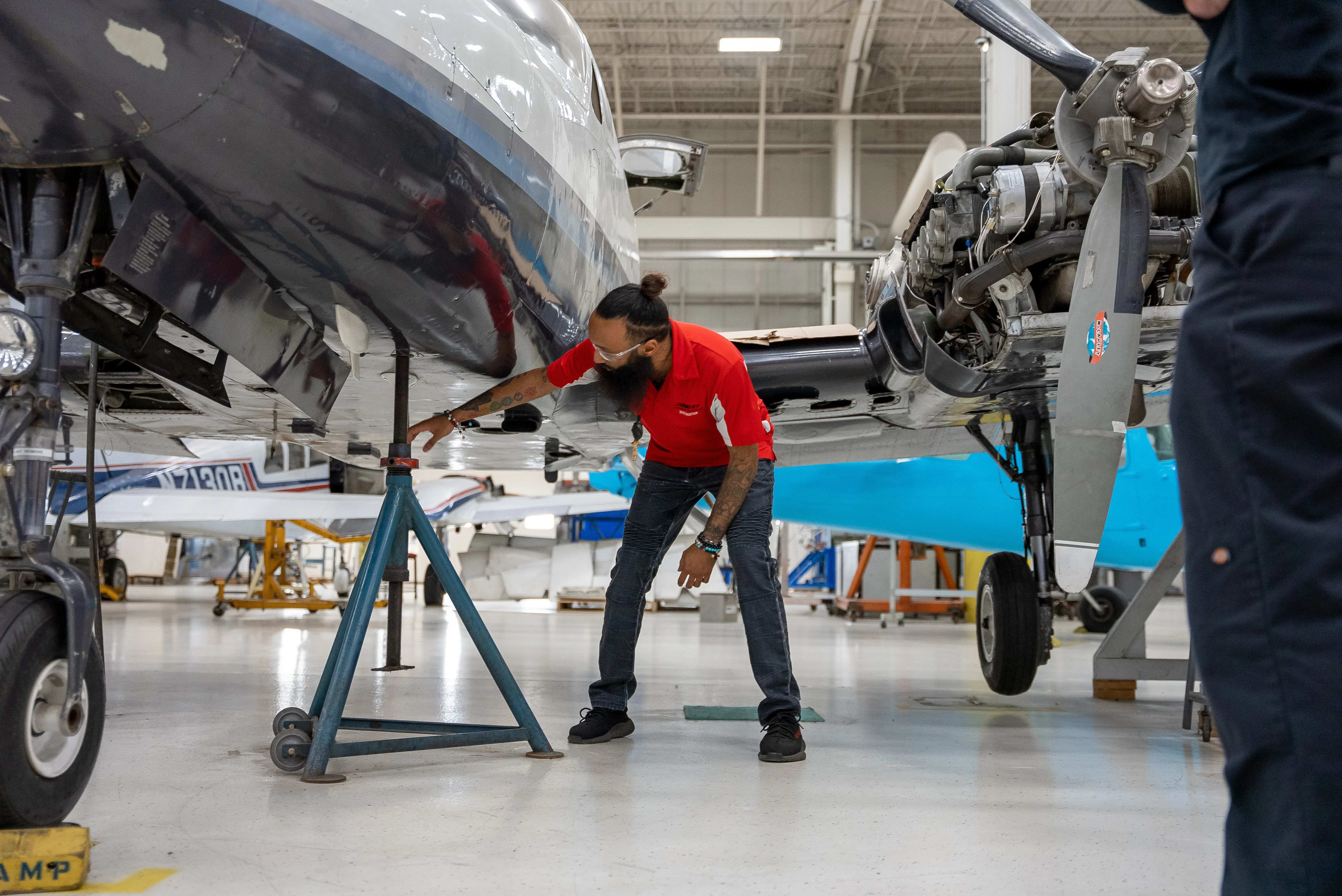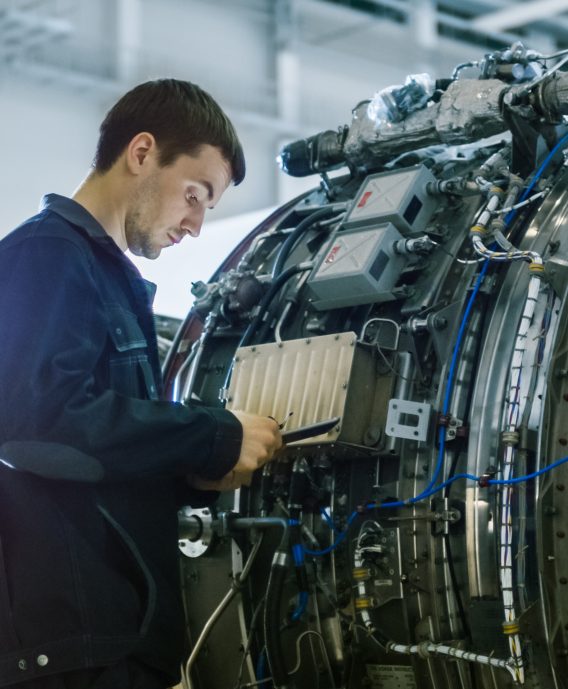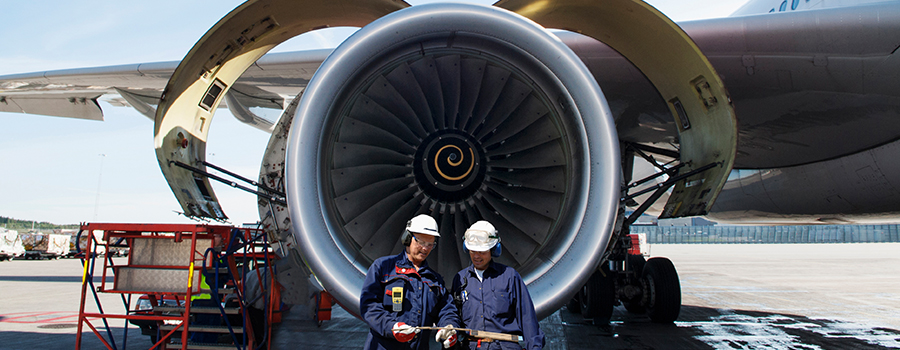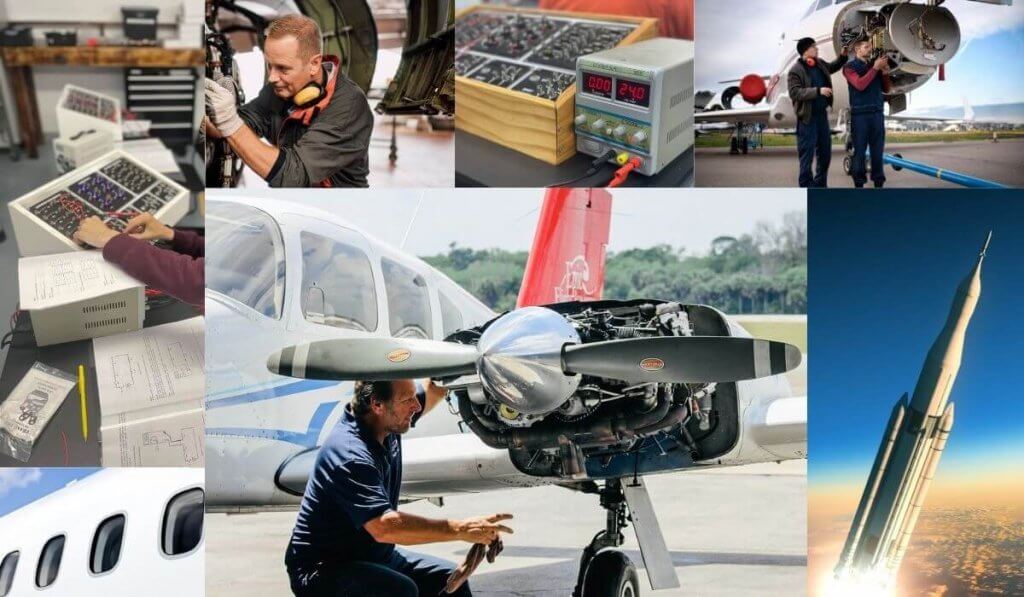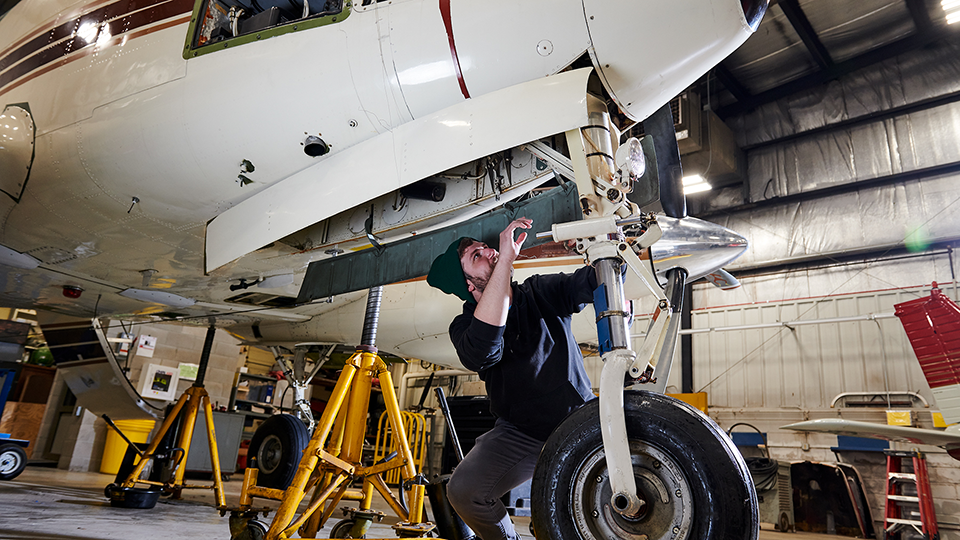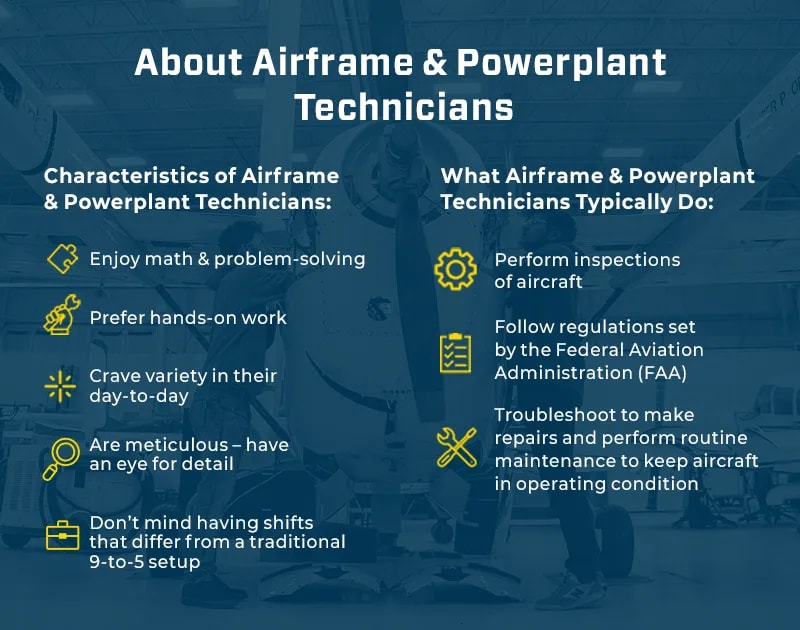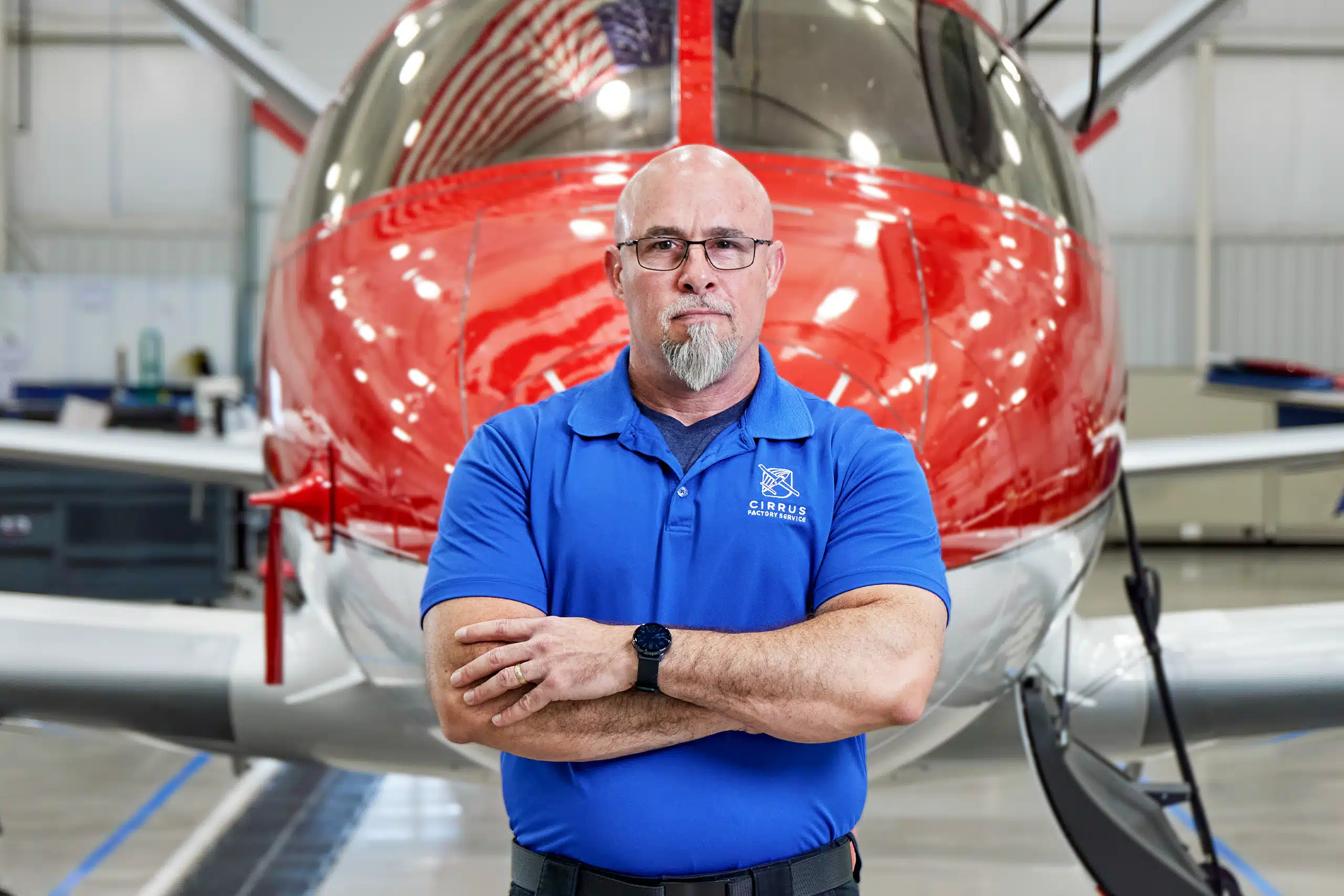Airframe And Powerplant Technician Salary
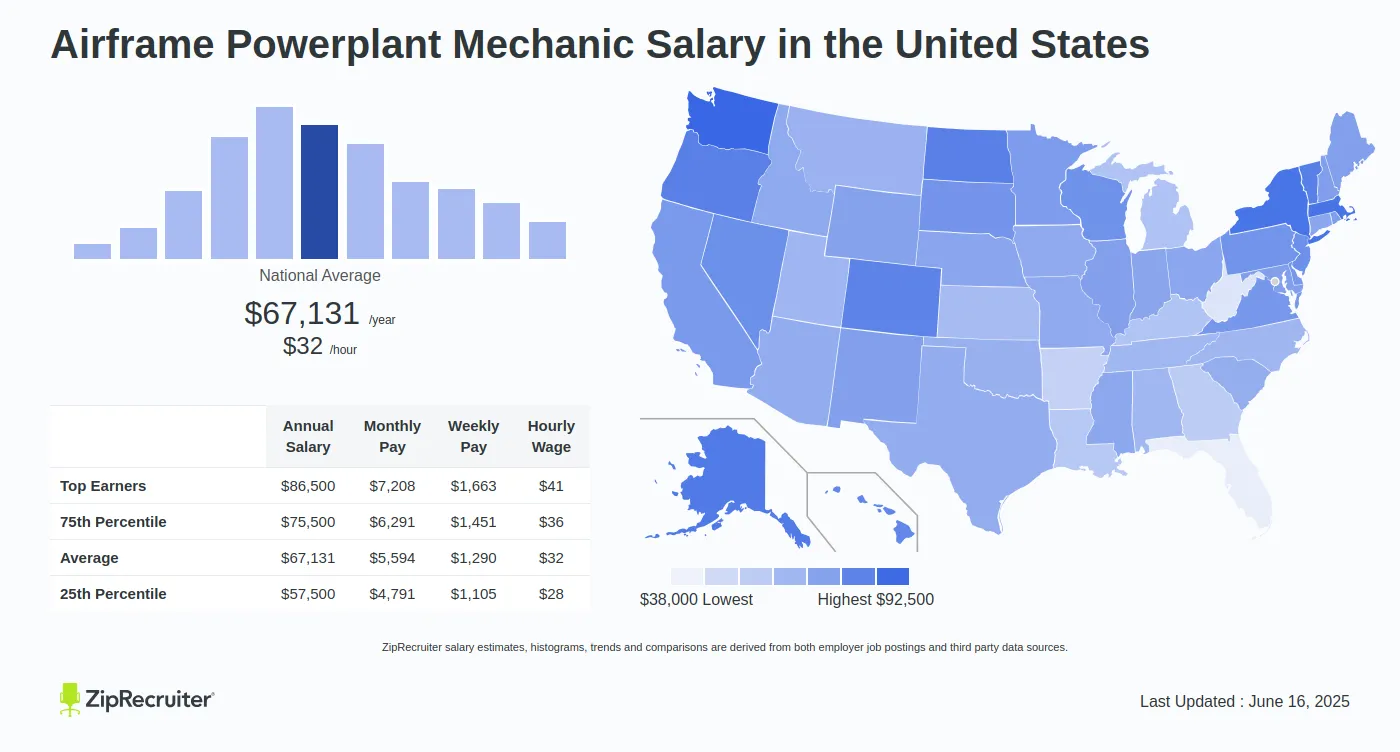
Aviation maintenance professionals are in high demand, but are their salaries keeping pace? The industry faces a critical juncture as technician shortages loom, impacting flight operations and safety standards.
The demand for qualified Airframe and Powerplant (A&P) Technicians is surging. However, stagnant wages could exacerbate the existing shortage, jeopardizing the stability of air travel.
Current Salary Landscape
According to the Bureau of Labor Statistics (BLS), the median annual wage for aircraft mechanics and service technicians was $73,530 in May 2022. The highest 10 percent earned more than $104,430.
However, entry-level positions often start considerably lower. Data from various job boards indicate starting salaries can range from $45,000 to $60,000, depending on location and experience.
These figures represent a national average. Regional variations significantly influence earning potential.
Location Matters
States with major aviation hubs, such as Washington, California, and Texas, typically offer higher salaries. The cost of living in these areas also plays a crucial role in wage determination.
Metropolitan areas with large airline maintenance facilities or aerospace manufacturers tend to have the most competitive pay scales. Rural locations may offer lower wages, but often come with a reduced cost of living.
Furthermore, union representation often leads to higher wages and better benefits packages for A&P technicians.
Experience and Certifications
Salary increases are directly correlated with experience and additional certifications. Technicians with specialized skills, such as avionics or engine overhaul, command higher pay.
Holding an FAA A&P license is the fundamental requirement for most positions. Advanced certifications, like Inspection Authorization (IA), further enhance earning potential.
Many employers offer tuition reimbursement or training programs to help technicians acquire these valuable credentials.
The Looming Shortage
The aviation industry is bracing for a significant shortage of A&P technicians in the coming years. A combination of factors, including an aging workforce and increased air travel, is driving the demand.
Boeing's 2023 Pilot and Technician Outlook projects a need for 626,000 new aviation maintenance technicians over the next 20 years. This underscores the urgency of addressing the workforce gap.
Insufficient salaries are a major deterrent for attracting and retaining skilled technicians. Many qualified individuals are opting for other industries that offer better compensation and work-life balance.
Impact on the Industry
The technician shortage has far-reaching consequences. Delayed maintenance, grounded aircraft, and increased operational costs are all potential outcomes.
Safety standards could be compromised if unqualified or overworked technicians are tasked with critical maintenance procedures. This presents a significant risk to the traveling public.
Airlines and maintenance providers are actively exploring strategies to mitigate the shortage, including increasing recruitment efforts and offering signing bonuses.
Moving Forward
Industry stakeholders must prioritize competitive salaries and benefits packages to attract and retain A&P technicians. Investing in training programs and promoting aviation maintenance as a viable career path are also crucial steps.
Ongoing discussions are underway between airlines, unions, and educational institutions to address the workforce challenges. The FAA is also playing a role in streamlining the certification process.
The future of aviation maintenance hinges on addressing the salary gap and ensuring a sufficient pipeline of qualified technicians. The situation demands immediate and decisive action.

